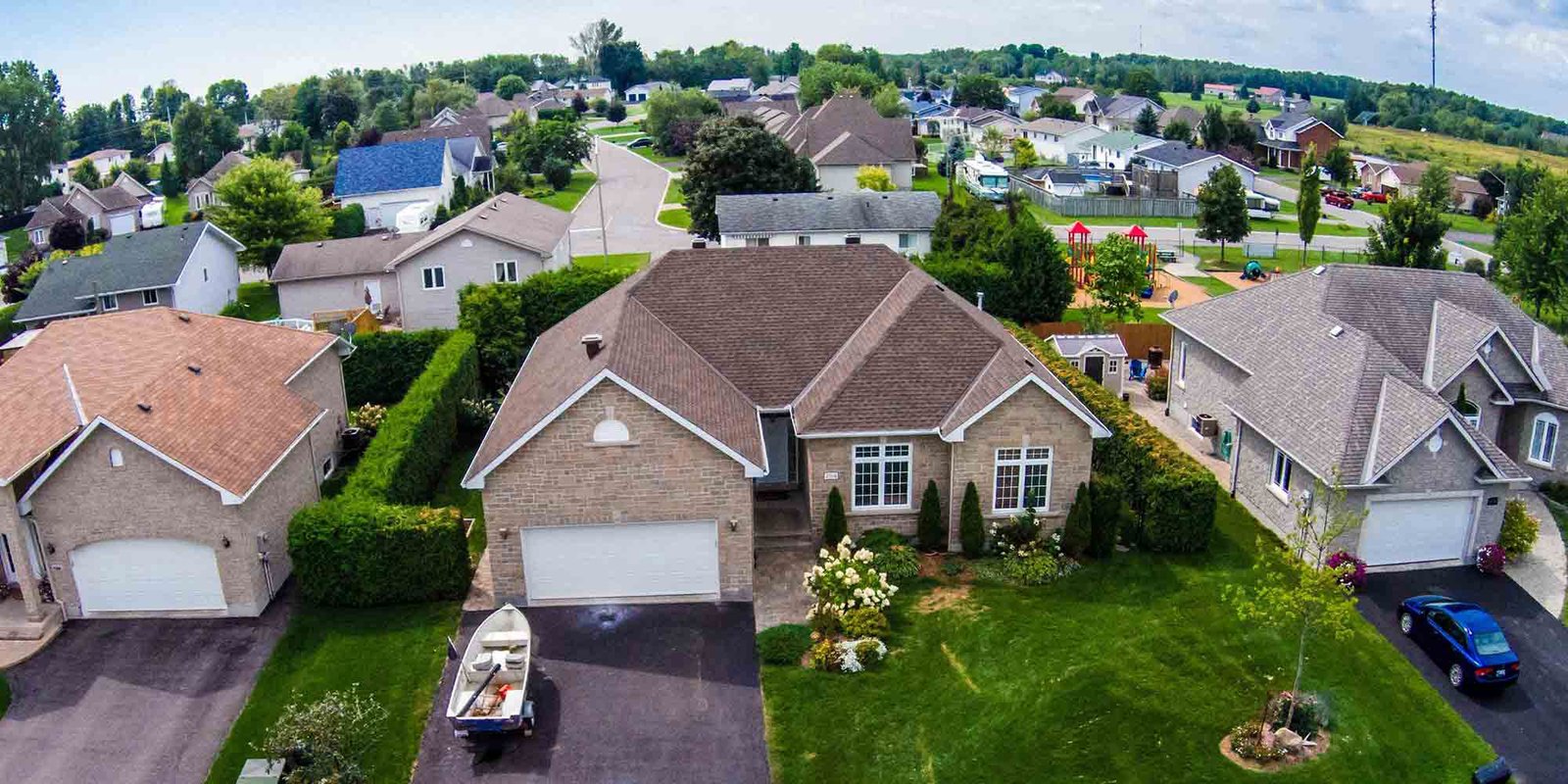Stable footage is a key element of high-quality real estate videos. It ensures that the viewer’s experience is smooth, professional, and free from distractions, which is crucial when showcasing properties. The quality of the video can significantly impact how potential buyers perceive a property, making stability a top priority in real estate video production. Here’s a comprehensive look at why stable footage is important and how to achieve it in your real estate videos.
1. Why Stable Footage Matters
Enhanced Viewer Experience:
Stable footage provides a smooth and enjoyable viewing experience. Shaky or unstable video can be distracting and make it difficult for viewers to focus on the property’s details. Stable footage ensures that viewers can comfortably explore the property without being interrupted by jarring movements.
Professionalism and Credibility:
High-quality, stable footage reflects professionalism and credibility. It suggests that the property is being presented with care and attention to detail, which can enhance the perceived value of the property and the reputation of the real estate agent or agency.
Effective Property Presentation:
Stable footage allows for a clear and detailed presentation of the property. It ensures that viewers can easily see and appreciate the features and layout of the home, making it more likely that they will be interested in scheduling a viewing.
Minimized Distractions:
Shaky footage can create distractions and detract from the property’s appeal. By providing stable and smooth footage, you keep the focus on the property itself rather than on the technical aspects of the video production.

2. Techniques for Achieving Stable Footage
Use a Tripod:
A tripod is essential for stabilizing your camera and achieving smooth footage. Choose a sturdy tripod with adjustable legs and a fluid head to allow for precise camera movements. For stationary shots, a tripod is the best tool for ensuring stability.
Employ a Gimbal:
A gimbal is a stabilization device that helps to counteract camera movements and vibrations. By using a gimbal, you can achieve smooth, cinematic footage even when moving the camera. Gimbals are especially useful for walkthroughs and dynamic shots.
Utilize Steadycam Systems:
Steadycam systems, also known as steadicams, are designed to stabilize handheld camera movements. They use counterweights and mechanical systems to absorb and counteract shakes, providing a steady shot even when walking or moving the camera.
Incorporate Stabilization Features in Cameras:
Many modern cameras and camcorders come equipped with built-in stabilization features. These may include optical image stabilization (OIS) or electronic image stabilization (EIS). Make sure to enable these features to further enhance stability.
Maintain Proper Camera Techniques:
When filming handheld, use proper techniques to minimize shakes. Hold the camera close to your body, keep your movements slow and deliberate, and use both hands for better control. Practice smooth panning and tilting motions to avoid jerky movements.
3. Post-Production Stabilization
Editing Software Tools:
Many video editing software programs offer stabilization tools that can correct minor shakes and jitters in post-production. Software like Adobe Premiere Pro, Final Cut Pro, and DaVinci Resolve provide stabilization features that analyze the footage and apply corrections.
Adjust Stabilization Settings:
When using stabilization tools in editing software, adjust the settings to achieve the desired level of smoothness. Be mindful of over-stabilization, which can sometimes result in a “warped” or unnatural appearance.
Review and Fine-Tune:
After applying stabilization in post-production, review the footage to ensure that it meets your quality standards. Make any necessary adjustments to ensure that the final product is smooth and professional.
4. Common Mistakes to Avoid
Over-Reliance on Post-Production Stabilization:
While post-production stabilization can be helpful, it’s not a substitute for proper camera techniques and equipment. Avoid relying solely on editing software to fix shaky footage. Instead, prioritize stable filming practices to achieve the best results.
Ignoring Camera Movement:
Even with stabilization tools, excessive or erratic camera movements can negatively impact the footage. Plan your camera movements carefully and practice smooth transitions to avoid unnecessary shakes.
Neglecting Equipment Maintenance:
Ensure that your stabilization equipment, such as tripods and gimbals, is properly maintained and in good working condition. Regularly check for any issues or wear and tear that could affect stability.
5. Tips for Maintaining Stability During a Shoot
Plan Your Shots:
Plan your shots and movements in advance to avoid unnecessary adjustments during filming. A clear shot list and storyboard can help you stay organized and maintain stability throughout the shoot.
Communicate with Your Team:
If you’re working with a team, communicate clearly about camera movements and shot sequences. Coordination and teamwork can help ensure that everyone is aligned and that stability is maintained.
Practice Makes Perfect:
Practice your camera techniques and stabilization methods to improve your skills. The more experienced you are with handling the camera and stabilization equipment, the better the final footage will be.
Conclusion
Stable footage is essential for creating high-quality real estate videos that effectively showcase properties and engage potential buyers. By using the right equipment, techniques, and post-production tools, you can achieve smooth and professional video quality that enhances the viewer’s experience and presents the property in the best light. Prioritize stability in your video production process to ensure that your real estate videos stand out and make a positive impact.

